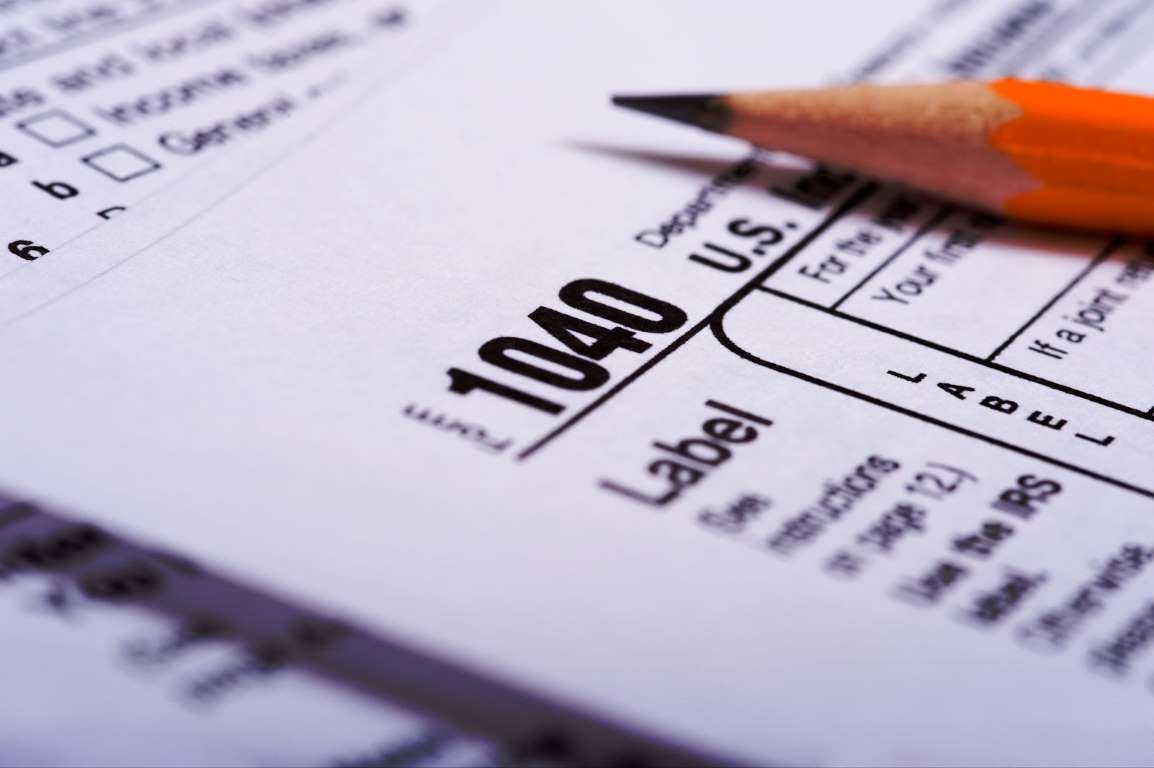Even if your books are perfectly accounted for, an IRS audit letter will fill anyone with a sense of dread. However, most businesses are unprepared and need IRS tax audit help.
Having proper documentation of all your income and expenses is the easiest way to pass an audit. In this article, we will discuss what an audit is, why you might get audited, and how to prepare for an audit.
What is an IRS Audit?
An audit is the way the Internal Revenue Service (IRS) ensures that what’s being reported on your tax return matches your business activities. The IRS audit will usually investigate the last three years of your returns, and it recommends you keep records going back this far. However, substantial errors may require the agency to investigate back as far as six years.
IRS audits can be scary. Consequences of an audit can involve a bill for unpaid taxes, penalties and fees for improper reporting, or even property seizure in extreme cases. While these consequences are usually mild, any disruption to normal business operations is enough to cause a business owner worry.
The IRS manages audits by mail or through an in-person interview. If your audit is conducted by mail, the IRS will request proof of items on your tax return such as income, expenses, and itemized deductions.
If the documents requested are too numerous to mail, you may request a face-to-face audit. During the audit, the IRS examiner may use an audit technique guide specific to your industry. The IRS keeps a list of audit technique guides for public review.
Why am I Being Audited?
There are many reasons businesses get audited. Some of them are easily avoidable with diligence and care in tax reporting. Others are dependent on the structure or industry of your business. Here are some reasons the IRS may decide to audit your business:
- Related examinations: If your business’s name comes up in another taxpayer’s audit, you may be selected for an audit. This may happen when business partners, investors, or customers get audited.
- Random selection: The IRS uses a statistical formula that compares your return to others in your industry to determine who gets audited. If your return is found to deviate from the standard return for your industry, you may be subject to an audit, even if there is no clear reason for suspicion.
- National Research Program: The IRS National Research Program conducts a variety of studies (e.g., audits of a random sample of tax returns) to gather data on voluntary compliance. These sometimes involve returns that would normally not be an outlier in the statistical formula.
It’s important to note that with all of these, there is not necessarily an assumption that you did something wrong. As long as the items you declared on your tax returns can be accounted for, you should have nothing to worry about.
Common Audit Issues
That said, there are issues that the IRS may look for during an audit to ensure that you are in compliance with the tax code. Some common areas of scrutiny that can cause issues with the IRS include:
- Underreporting your income: Even if you keep track of all of your transactions, this is still the easiest one business owners mess up. Rounding numbers to the nearest hundred, inconsistency in reporting from year to year, or income that is unusual for your industry and location can all trigger an audit. When it comes to income, the IRS errs on the side of it being taxable, so make sure you report every dollar.
- Excessive deductions: Deductions are a great way to save money at tax time, but too many deductions can trigger a letter from the IRS. Remember you can only claim deductions if they are directly related to your business and deductions cannot be in excess of your revenues. If you have questions, check out our primer on business tax deductions.
- Expense documentation: Writing off expenses is standard practice for any business. There are plenty of ways to reduce your tax liability through expenses. But if you fail to document your expenses or claim ineligible expenses, you can expect to have to pay the difference back to the IRS.
- Numerous cash transactions: Because there is no independent record of cash transactions, businesses who deal largely with cash are more likely to be subject to an audit. Cash businesses such as restaurants, beauty salons, and retail stores need to be diligent about recording and reporting their cash receipts because the IRS will not give you the benefit of the doubt.
- Multiple loss years: Net operating losses can be valuable at tax time, but consistently reporting losses on your tax returns can raise IRS alarm bells. If your business operates at significant losses year over year, and you don’t seem to be interested in making it profitable, the IRS may consider your business a hobby subject to personal income tax without deductible expenses.
- Employee classification: If you are a business that relies heavily on contractors, the IRS may want to investigate you for employee misclassification. Because contractors are not employees, businesses hiring them are not responsible for paying certain employment taxes. Check out our helpful guide about employee classification.
Even if the IRS finds that your business violated the tax code, it is highly unlikely that they will shut you down as a result. More often than not, you will only need to accept the determination from the IRS and pay the discrepancy (or appeal it and hope for a better outcome). Only in instances where there is willful criminal activity will the IRS and other agencies take more drastic action.
|
Interested in learning more? Check out these blogs:
|

Help With an IRS Tax Audit
If you’ve been diligent about tracking your income and expenses, preparing for an audit should be fairly easy. Even still, it may be wise to seek outside help with an IRS audit.
Ultimately, the audit will come down to the documents you provide. The IRS provides a handy list of records they may request during an audit. While this list includes items that might appear on a personal audit, records that might come up in a business audit include:
- Receipts and invoices: Receipts and invoices are the most important documents your business needs to keep track of and are part of what substantiates your income as well as some expenses.
- Bills: Bills are the chief means of determining expenses.
- Canceled checks: Canceled checks are proof that you actually paid your expenses. Keep canceled checks with the bills they paid to make audits easier.
- Legal documents: If you are subject to a lawsuit, you need to keep documents substantiating what the case was about, when it happened, and how it relates to your business.
- Loan agreements: This is another part of what substantiates your income. You should include a copy of the loan that details the borrowers, location of the property, financial institution, amount, terms, settlement sheet, and supporting tax documents. You should also provide a breakdown of how the money was used.
- Logs, calendars, or diaries: For a business, these will be used primarily to substantiate travel expenses.
- Tickets: Tickets will also be used to substantiate travel expenses. Trip tickets should be labeled with the business purpose of the trip and should be grouped with other receipts from the trip.
- Proof of theft or loss: If your business was subject to theft or some other loss of property, you will need to provide proof including police, fire, or insurance reports detailing the theft or loss; media showing the extent of the damage (if applicable), and an appraisal from a qualified adjuster showing the asset’s fair market value.
- Employment documents: Another part of what substantiates income, employment documents including tax forms, policy documents, and continuing education requirements.
- Schedule K-1: If you file as an S-corporation, you will need to include this to substantiate shareholder income, losses, deductions, and credits.
Dealing with an IRS audit is still a nightmare of risk, even if things seem straightforward. For this reason, many perfectly competent business owners seek IRS audit assistance. Turning to someone who knows how to fix an IRS audit will give you peace of mind, and remove the risk associated with an audit.
|
Looking for Reliable Tax and IRS Audit Help?
Get the insight you need to make sense of your taxes and IRS audits with indinero. |
Your Reliable Source for IRS Audit Help
Most businesses get audited because they do not have qualified financial leadership. Small businesses, which often can’t afford financial or tax professionals, frequently end up in the IRS crosshairs because of easily avoidable tax reporting errors.
You may wonder what IRS audit help costs. There are several ways you could go about preparing for an audit. You could take the risk of going through the audit alone, doing research with blogs and IRS audit help lines.
In this case, the upfront cost is minimal, but the cost of misfiling is monstrous. You could go the expensive route of hiring a tax accountant, tax attorney, and/or CFO to manage the audit for you. Or you could hire a CFO part time – a service known as a fractional CFO.
With fractional CFO services, competent tax and audit help is not out of reach. A fractional CFO provides CFO services for a handful of clients part time. This allows businesses to get the financial leadership services they need for a price they can afford.
indinero is your one-stop shop for financial strategy, tax preparation, and accounting services. With our flexible pricing options, your business can receive valuable CFO services that fit within your budget. Interested in getting started or want to know more? Schedule an appointment with an expert.



